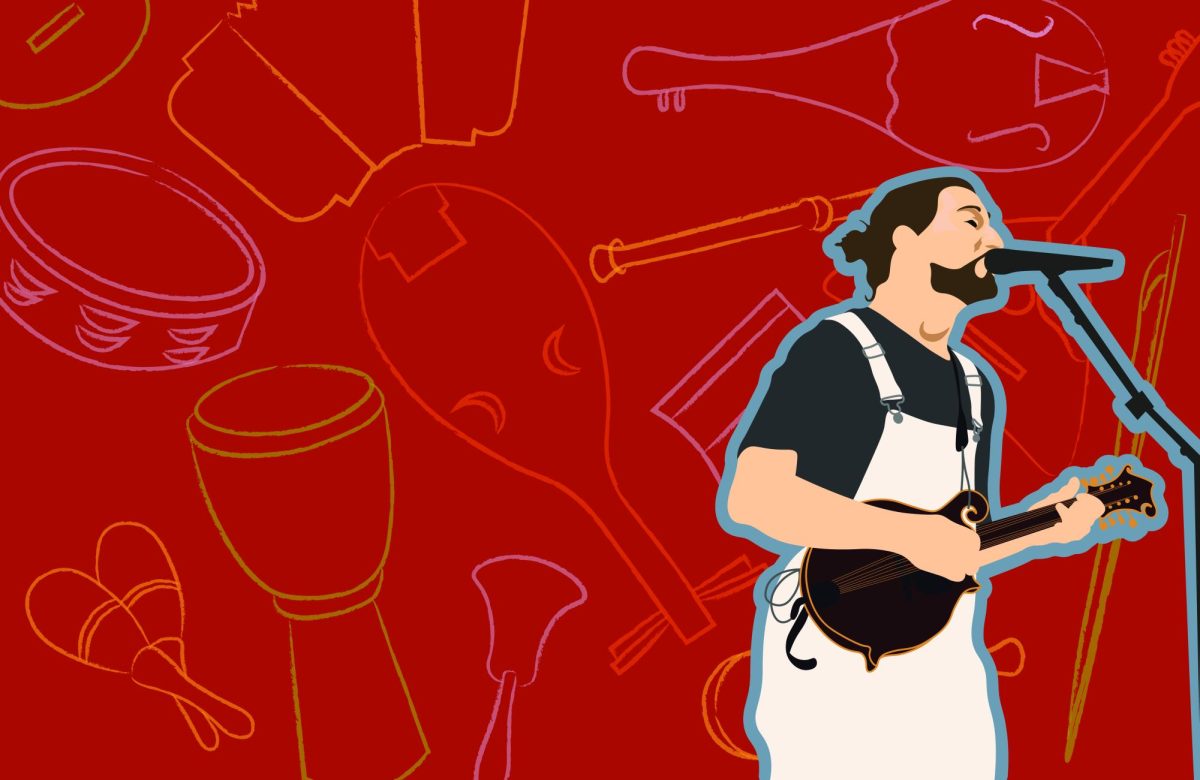Sustainability has become a huge part of our daily lives. While that generally has less to do with long-held respect for the Earth and is more of a result of necessity as climate change worsens, it remains true. As a country, the general population is far more concerned with making environmentally friendly choices, educating themselves on best practices and politically engaging for policy changes.
So the question is: why are we so bad at it?
Of course, the larger concern when it comes to global warming is the huge industry polluters and massive companies releasing millions of tons of CO2. We have all heard about the horrors of Taylor Swift’s private jet and the continuous oil spills. However, in the face of so much greed and corruption, it becomes easy to believe that our own actions are meaningless.
The reality is that until our priorities truly shift, and we begin to make choices that align with our self-proclaimed environmental activism, nothing will change at the corporate or governmental level. Though we might feel powerless in this constant push to save our planet, the truth is that we’ve allowed this to happen. We continue to consume more and more, and we continue to provide an incentive for companies to forge down the centuries-old self-destructive path as they chase profit.
Most of us would say that we are fairly environmentally conscious. We walk instead of drive (when we’re on campus), we thrift most of our clothes (and we leave the store with a massive haul of garments we’ll never wear), and we carry our reusable water bottles everywhere with us (how many trendy tumblers have we cycled through?). Our focus has shifted towards secondhand shopping and sustainable brands, but the primary issue for consumers remains: overconsumption.
Yes, we might be using reusable water bottles and metal straws in our hard-fought quest to save the turtles, but how many water bottles do we own? How many packs of metal straws have we lost and replaced?
With the unexpected boon of #watertok and the fanatic love for Stanley cups, we can very easily see the folly of loving our water bottles too much. But of course we all have one or two or three or maybe twenty Stanleys — the shape is perfect! The insulation is so long-lasting!
And wow, that really sets it apart. Although the Yeti was a pretty satisfying shape, and Hydro Flasks would keep your drink hot all day … and you know what, I’ve heard pretty good things about Owalas and Corkcicles too, maybe it’s time to check those out. Like any trend that’s focused on one brand, it will pass fairly quickly. All our Stanley tumblers and mugs and cups and mules and growlers and coolers and jars will get stacked neatly in a cupboard to gather dust. Or, if they’re lucky, maybe we’ll send them off to a local Goodwill, confident that they’ll find a new temporary home before they end up in the landfill.
Many of us fall prey to the same trap. Having a reusable water bottle is much better for the environment than opening and tossing five plastic bottles each day. Buying clothes second-hand is far more environmentally friendly than buying huge hauls from fast fashion brands like Shein or Fashion Nova. Getting new clothes from sustainable brands like Pact, which emphasizes carbon neutrality and fair trade practices, is also an amazing alternative.
We all make these purchases with the best of intentions, but the biggest stumbling block is the amount we consume. Is it really necessary to have more than one or two water bottles? For most people, probably not — the same principle applies to most objects. Thrifting and getting clothes second-hand is one of the best ways to reuse old textiles and give them a second chance, but walking out of a thrift shop with ten pounds of clothes you’re unlikely to actually wear negates the impact of avoiding making new purchases.
Making new purchases or splurging isn’t necessarily an evil thing, but it’s important to be mindful of what you’re consuming. It’s more than okay to have a few water bottles you love on hand, but it’s a little less okay to have a Stanley collection worth thousands of dollars.
Although it may not feel like it very often, we hold a large amount of the power as consumers. If we don’t mindlessly buy an excess of any given product, less of it will be produced. The newest brands and trends shouldn’t define our purchasing habits in the way we let them.
It’s okay to use your old Hydro Flask or to pull out an old top from high school. Practicing sustainable habits in an unsustainable way does nothing. Reframe your attitude toward preserving our environment and let that guide your decisions — not just having the appearance of sustainability.
Virginia Doherty is an opinion writer. Contact her at [email protected].




